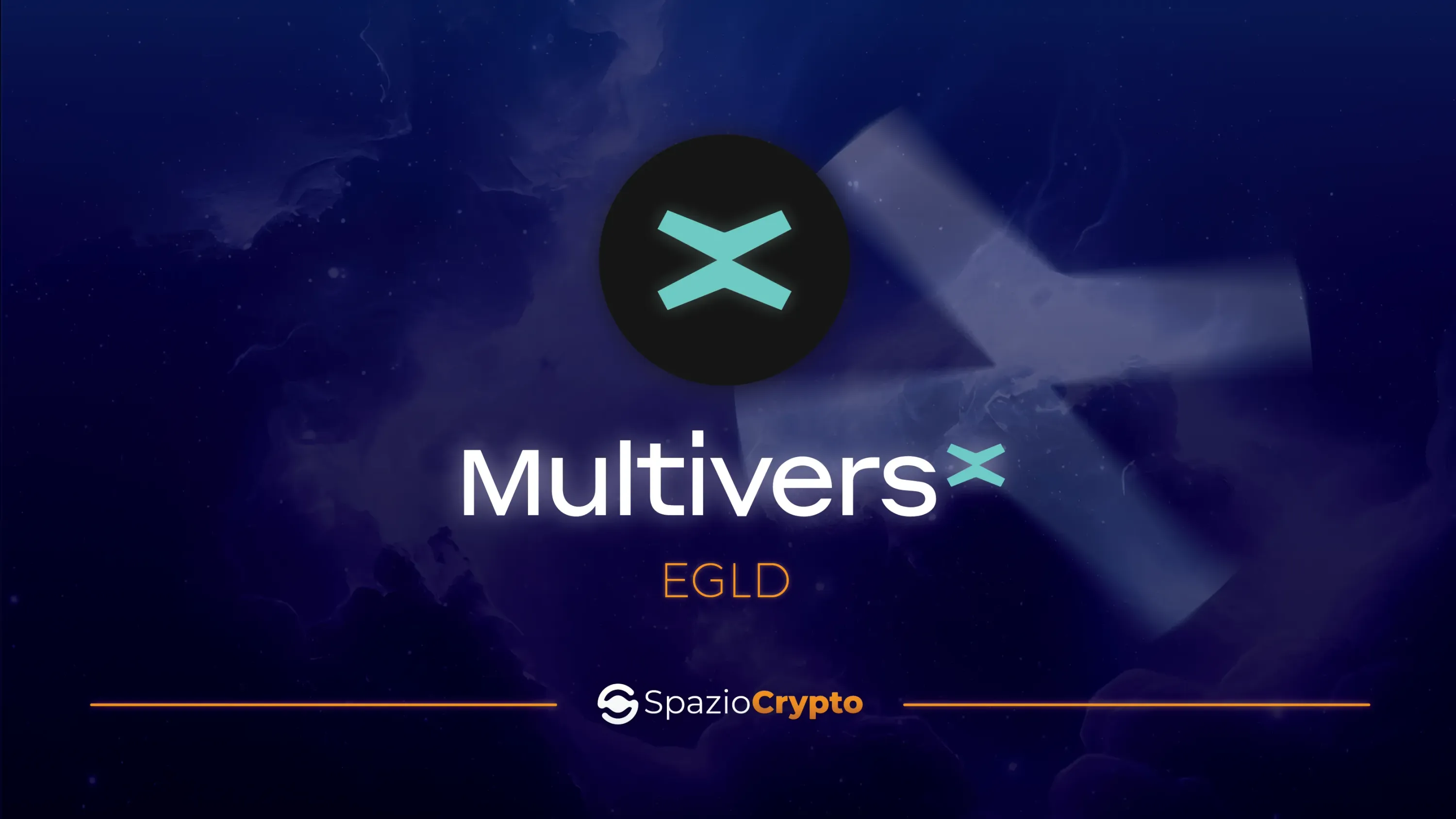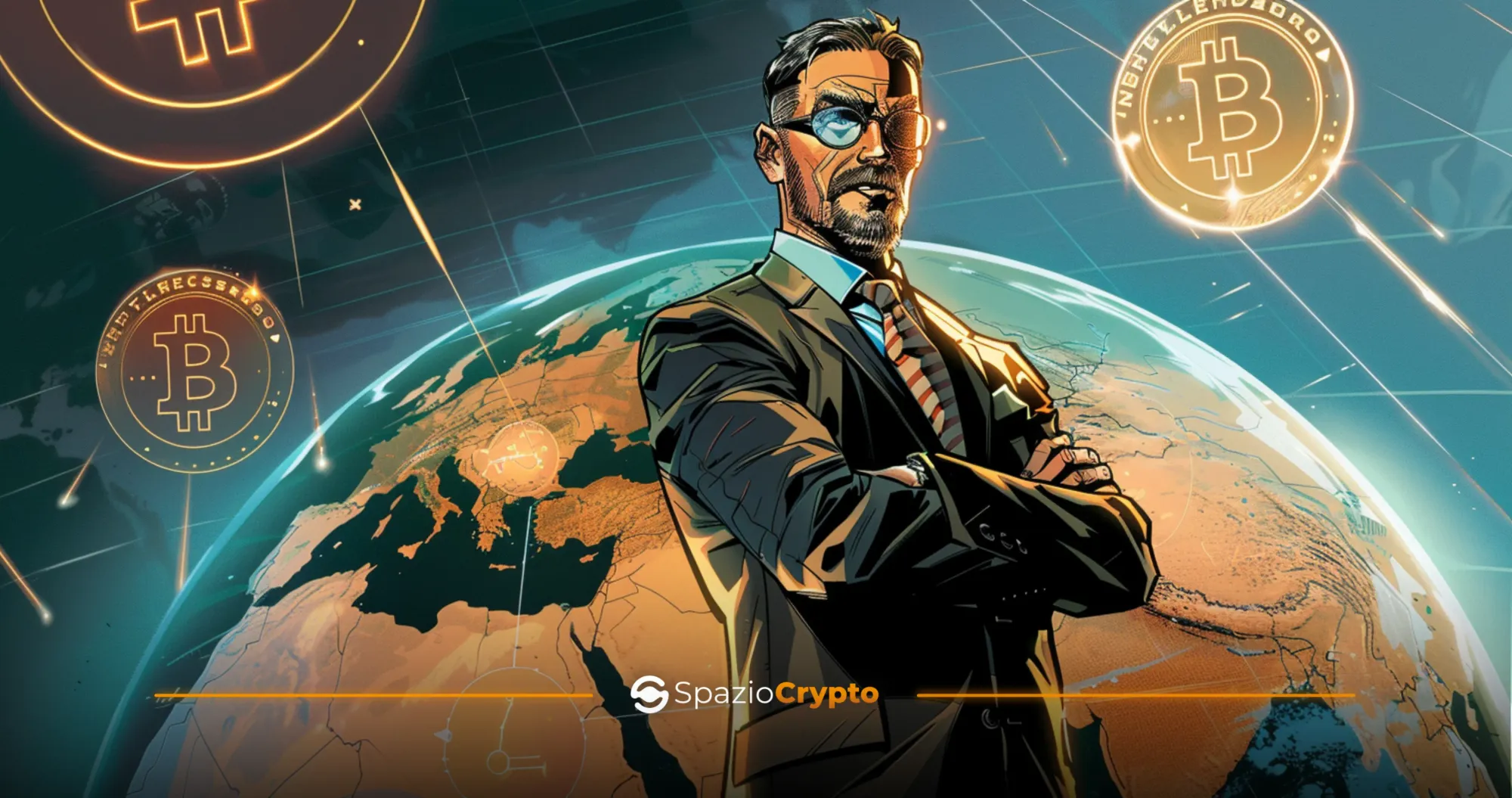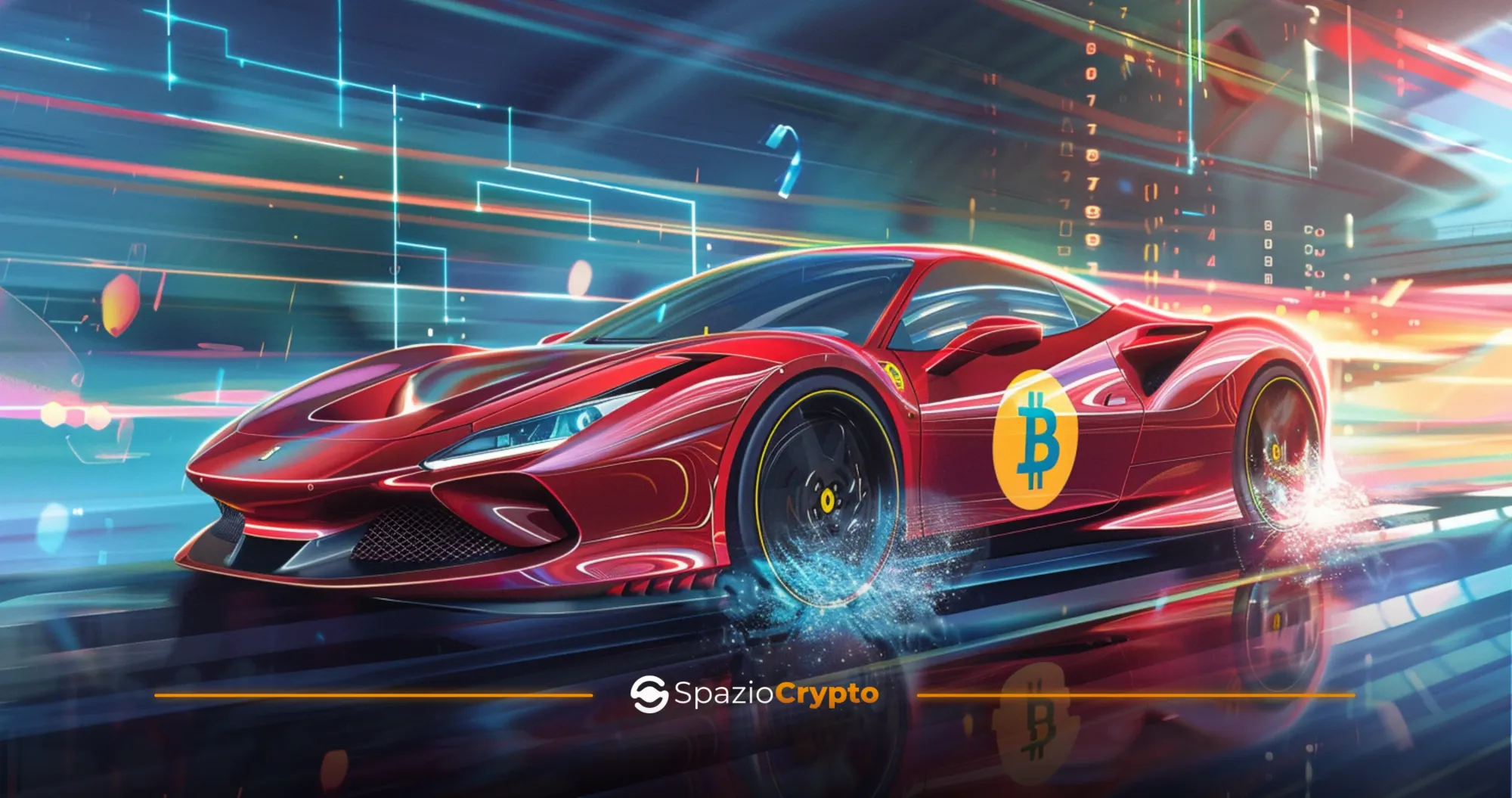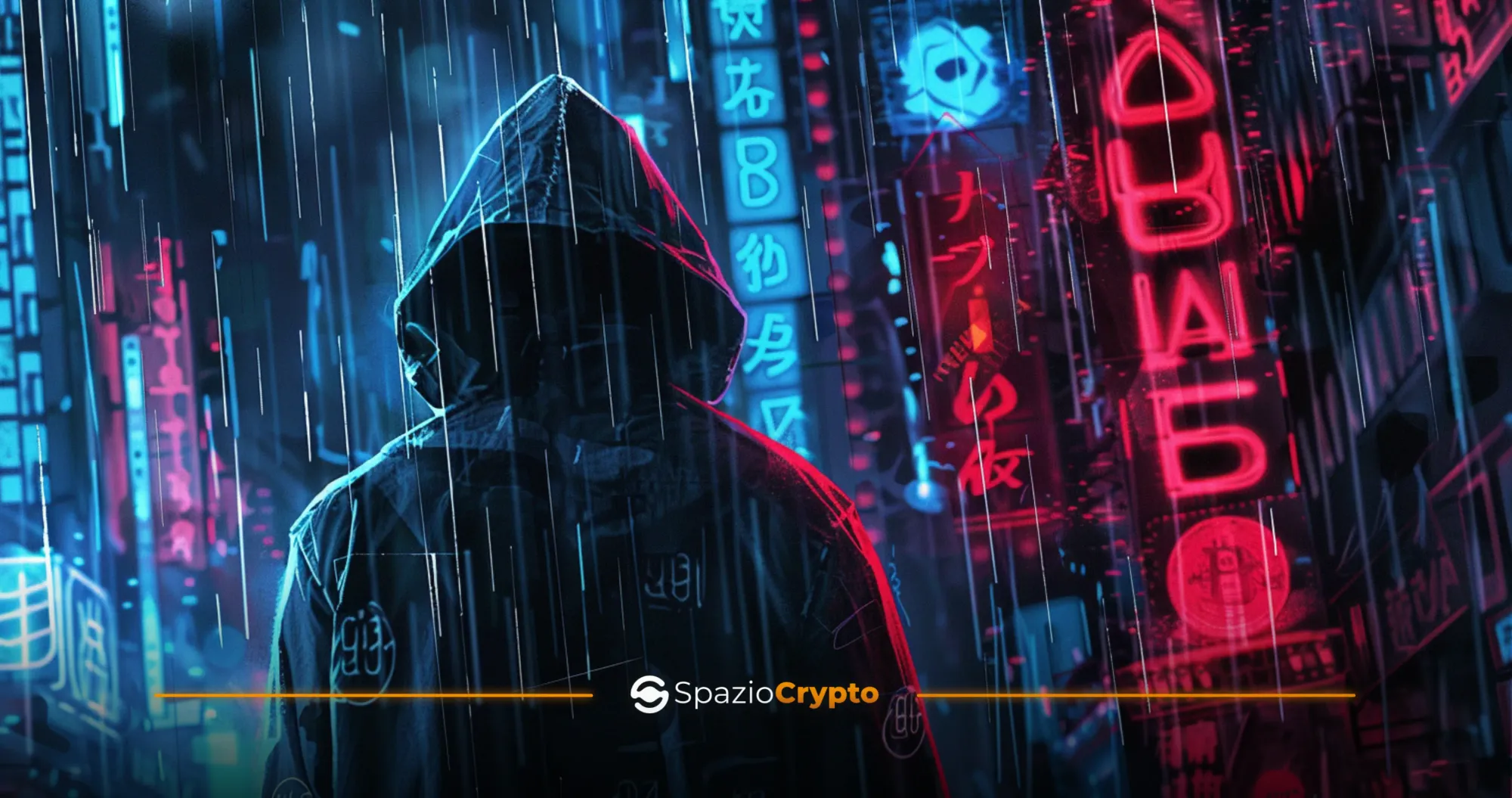The recent rebranding of the old Elrond into MultiversX has sanctioned a number of innovations that are not indifferent to investors. In fact, while retaining the ticker EGLD, the team based in Romania, in Sibiu, decided to revolutionise the story of this startup during XDay in November 2022. In Paris, during a spectacular conference, the rebrand and an exciting new roadmap were announced, introducing a series of protocols, unique innovations in the blockchain landscape and making the X the hallmark of the blockchain.
Optimising Scalability through Sharding
MultiversX is a Layer 1 non-Ethereum Virtual Machine compatible, it implements a rare technology among blockchains that stands to be the solution to the scalability problem. The technology in question is the sharding, already quite widespread in centralised and traditional databases, allows the blockchain to be divided into 'shards', i.e. smaller fragments of the same chain. Each shard functions as an independent entity, with its own subset of network nodes responsible for verifying transactions within that specific fragment.
MultiversX proposes as a solution to scalability a particular model of sharding, which is adapted to the needs of the blockchain. This technology, called Adaptive State Sharding, would allow shards to be created or deleted based on the congestion of the chain; the more congested the chain, the more shards will be created. In times of calm on the chain, the excess shards will be eliminated to return to an optimal condition of efficiency and safety. This latter technology, however, is not yet implemented in the mainnet.
Innovation in the consensus with the secure proof of stake spos method (SPoS)
The approach used by MultiversX for consensus is a special form of Proof of Stake. The Secure Proof of Stake (SPoS) technology adopted allows sets of validators to be selected each round, in a completely random and unpredictable manner, headed by a 'block proposer'. In this way, it is impossible to know the set of validators that will be selected, increasing the security of the chain but, at the same time, reducing the number of validators participating in the consensus.
The chain is divided into 4 parts, 3 shards plus a particular shard, which unites the 3 and puts them in communication, called the 'metachain'. Each of the 4 sections houses 800 validators, for a total of 3200. A number definitely higher than the average L1 alternative to Ethereum.
To participate in the consensus the hardware requirements are not prohibitive, however 2500 EGLD are required to have a blockchain node.It is required for the validator to stake at least 1250 EGLDs in order to start collecting EGLDs delegated by other users.
Clearly, the blockchain trilemma cannot be considered solved through sharding to date. Despite the high number of validators, the Nakamoto coefficient, i.e. the coefficient representing how many validator nodes must be 'corrupted' to alter the chain, turns out to be 4. Quite low compared to the competition, for a few main reasons:
- Approximately 20% of the nodes are managed by the Team
- Each shard is assigned validators who work autonomously and independently of the other validators assigned to other shards, so the high number of validators overall is a slightly misleading figure.
- For each block, a consensus group is elected from among the validators, so not all nodes participate in the consensus. Specifically, the consensus group consists of 63 validators for the shards, 400 validators for the metachain. Future updates envisage increasing the number of validators in the shard consensus group.
The team is distributing its own nodes, however the road to effective decentralisation still seems to be long.
Opportunities in the MultiversX Ecosystem with a Focus on User-Friendly Experience
The great virtue of the entire ecosystem is that it is strongly focused on user-friendliness. The main wallet designed by the team itself is a mobile application that acts as a true portal between the real world and the blockchain, hence the name xPortal, formerly called Maiar.
XPortal allows one to reach the main dApps built on the chain in an extremely simple way directly from one's smartphone, supporting most of the popular tokens. It allows us to view NFTs within the wallet, exchange tokens directly from the app, all topped off with a little gamification. There are quests to be completed through which we can earn XP points and climb the leaderboard to earn prizes offered by projects linked to the MultiversX blockchain.
It features almost unique sections, a feed to follow the activities of our friends' wallets, which will be identified by a 'herotag', with whom we can also chat directly from the wallet, and a news section. It is impossible not to mention the section dedicated to the debit card, issued directly by the Romanian startup thanks to the inclusion of a bank within its supply chain. However, it must be said that, at the moment, the relationship between debit card and blockchain is a distant one, in fact it does not bring much added value to the MultiversX ecosystem, acting as a common debit card.
The MultiversX ecosystem is not among the most flourishing. Although the main types of protocols generally used in DeFi are present, it fails to attract liquidity. Among the most widely used dApps we encounter:
- Hatom protocol: mainly a money market, which also offers other services, such as liquid staking and particular strategies based on it.
- Hashswap: a stableswap, inspired by the better-known Curve, with particularly similar tokenomics.
- xExchange, the main decentralised exchange, developed by the MultiversX team itself, powered by the much-discussed MEX token.
The ecosystem boasts other second-tier protocols, which contribute an LTV of USD 175,420,000 on the chain, at the time of writing. Peculiar is the incentive offered to developers, who are paid 30% of the fee for each transaction executed on the smart contract they have programmed.
MultiversX and the European Institutions: A Strategic Approach for Blockchain Leadership
The MultiversX team has established strong relationships with government and local authorities, with government officials consistently attending conferences organised by the company. A tangible sign of institutional recognition is the fact that the Romanian National Research Institute, ICI Bucharest, recently launched a platform dedicated to NFTs on MultiversX's blockchain.
It is clear that the team intends to further consolidate this direction, putting itself forward as a European reference point in the blockchain field. The goal is clearly to gain the approval and support of European institutions, becoming a major player in the blockchain landscape on a continental level.
Tokenomics-of-EGLD: An Analysis of the Structure and Perspectives of MultiversX
MultiversX's network is powered by its native token EGLD, also known as e-gold. It has a theoretically limited tokenomics of 31,415,926 EGLD and currently the circulating supply is around 26,467,736 EGLD, meaning that for a few more years EGLD will be an inflationary token.
The token's inflation structure is interesting, decreasing every year until it reaches 0%. Maximum supply is expected to be reached about 10 years after the token's launch, so EGLD will be inflationary for a few more years, we are currently straddling the fourth to fifth year, which equates to an inflation of about 6.50%.
We have mentioned how supply is theoretically limited, as transaction fees, which are distributed to validators, should allow for the validator incentive of current inflation to be replaced. The creation of new EGLDs is balanced by the sum of transaction fees. For example, if 100,000 EGLDs were to be minted according to the inflation plan in Year X, but the sum of transaction fees in the entire network for Year X is 75,000 EGLDs, only 25,000 new EGLDs would come into circulation.
In essence, the team expects that at the end of this initial 10-year launch phase, there will be a sufficient amount of transactions that, through the associated fees, will provide validators with sufficient incentive to continue validating the MultiversX blockchain, without having to resort to diluting EGLDs by issuing new tokens. Quite similar to the concept on which bitcoin is based, when there will be no more BTC to mine.
This clearly, brings some doubts with it. There are many doubts about bitcoin's sustainability when we reach 21,000,000 BTC of circulating supply, despite it being the first, most popular and most resilient blockchain. Sure, MultiversX supports smart contracts and the possible transactions are numerically superior, but how likely is such a scenario? In our recent crypto guide on Polygon we noted that even the Indian team has veered towards an inflationary coin rather than maintaining a limited supply. Even Ethereum and Solana do not have a cap on ETH and SOL issuance. So, considering the current on-chain activity, it cannot be ruled out that the MultiversX team will once again revolutionize the narrative around its ecosystem by adopting a tokenomics model that does not include a cap on EGLD supply.
MultiversX: between a solid infrastructure and leadership challenges
The blockchain has never shown any difficulties, the sharding-based structure works perfectly without interruption, even if it is not among the fastest blockchains. Two events, however, stain the history of the blockchain, the first concerns the forced interruption of DEX, a few hours after its launch, the second concerns the serious hack of the bridge, which was skilfully solved by the team, which again demonstrated enormous technical capabilities. At the moment, however, we cannot attribute great leadership and marketing skills to the team. In fact, MultiversX still lacks connections to most blockchains, making it a closed ecosystem in itself. The rebrand has not had the effect desired by CEO Benjamin Mincu, highlighting a tendency on the part of the team to follow novelties rather than anticipate them. Numerous promises have been broken, the allusion to a Multiverse should have been accompanied by the launch of a metaverse named xWorld, presented on xDays in 2022 but of which no trace has been found. The same could be said of other protocols presented over the years, as well as adaptive sharding, of which, after 5 years, there is not even a shadow.
In conclusion, at Spaziocrypto, we believe that MultiversX boasts an excellent infrastructure and good ideas, a technically capable team and a very cohesive community. However, it lacks the north star, it lacks the leadership that can build on this solid foundation a colossus that can compete in a rapidly changing market. The hope is that this guidance can emerge before it is too late.








